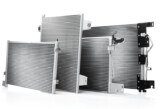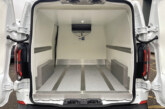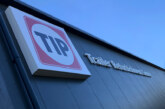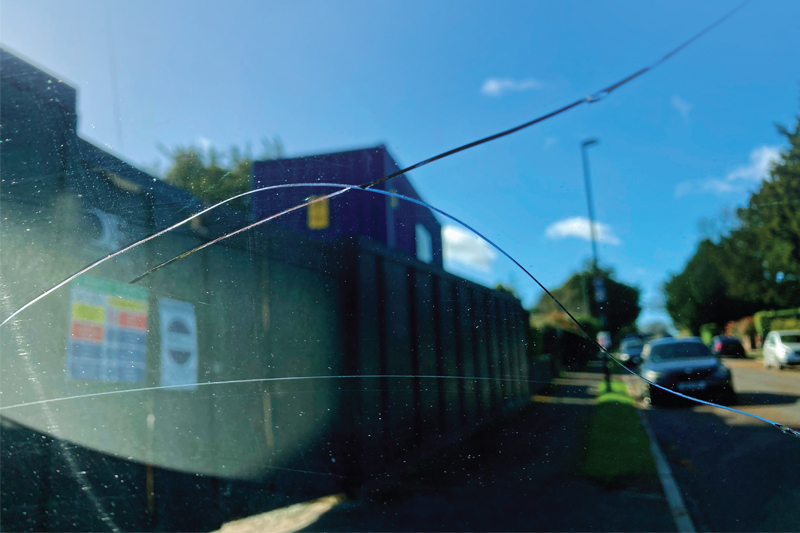
Windscreens are expensive to replace but repair offers a cost-effective solution to cracks and chips. However, some repair methods are more equal than others when it comes to efficacity. Victoria Evans, managing director of Esprit, puts the case for more rigorous standards to be applied to windscreen repair.
The late 1980s and early 1990s heralded an influx of windscreen repair products to the UK market. This was great for customers; they could now get their screens repaired instead of replaced, saving them money, as well as providing a new market for repairers and garages. However, with new players, came new concerns; fundamentally, were the repairs safe, and who could you trust to do them? Into this discussion came the British Standards Institute (BSI), which looked into whether repair was safe, whether it worked and ultimately put guidelines into place to assist in self-regulating the system, to give customers the ability to choose a product that had passed the standard set down by the BSI.
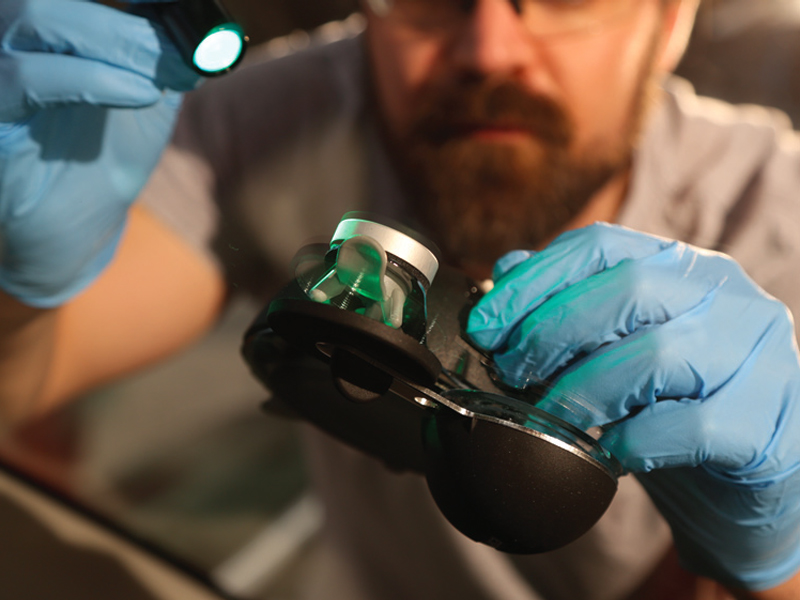
Changing standards
Two standards were created, BS AU 242a to govern what size of damage could be repaired and where on the screen, and BS AU 251 to govern the quality of the repair system. This performance test mirrored ECE R43, the performance test of a new windscreen and although it wasn’t a compulsory standard, customers knew that if their repair was carried out under BS AU 242, this meant the repair system had also been tested under BS AU 251. Ultimately this meant their customers – the driver and passengers – were as safe as possible in in the event of an accident.
The BSI committee was reconvened in 2019 to consider the effect of ADAS on windscreen repair, and throughout numerous meetings between 2019 and 2022 it was eventually decided that BS AU 251 would no longer apply, that any repair system could be fit for purpose if the manufacturer stated it to be. The old 242a was updated to BS AU242b:2002 which came into force in March 2023. Crucially, this new standard no longer has a performance aspect; repair equipment and resin no longer has to be performance tested to claim the British Standard.

There is value in the new standard. It reduces the number of repair zones to two, restricts repairs directly in front of ADAS/HUD technology, increases the record keeping requirements of repairers and formalises training requirements for technicians. These are all valuable and useful guidelines, and should reassure customers that their repairer is trained, is keeping records and is repairing in areas of the screen that won’t interfere with vital ADAS technology.
However, what the standard doesn’t cover, is arguably the most important part of the repair; what repair equipment is being used to actually carry out the repair, and does it work? Fundamentally, a technician can keep records and train as much as he or she likes, but if the equipment used doesn’t work, or fails a month later, or worse, in an accident, then all the guidelines in the world won’t help.
The new standard also puts the onus of compliance onto the technician or the repair organisation and away from the equipment manufacturer.
The tests laid down in BS AU 251 were numerous, and designed to ensure that in an accident, the windscreen would behave in the same way as a non-damaged screen (the EC R43 test). Tests didn’t just check the clarity and strength of the screen (although this was tested), the screen was also tested to see what would happen if something impacted it or if a head collided with it from the inside. Under the new standard, none of this is tested. Customers have no idea how the repairs will affect the underlying structure of the glass, or how the screen will be affected in a collision.
Structural versus cosmetic
This lack of performance testing is worrying. Windscreen repair, when done well and with tested equipment, is a safe and economic solution to breaks and windscreen chips. However, if there is no performance test, there is a risk that there will be a race to the bottom, with cheap, ineffective repair kits coming onto the market. With the price of everything rising, customers can’t be blamed for trying these cheaper repair options, but they need to be able to differentiate between the cheap kits that might just provide a cosmetic repair effect, and those that are repairing deeply within the screen, restoring the structural integrity of the screen and ensuring that drivers are kept safe in an accident. If customers don’t have this, the risk is they will move away from repair as a whole, which would be detrimental to the many repair kits that would very likely pass a performance test.
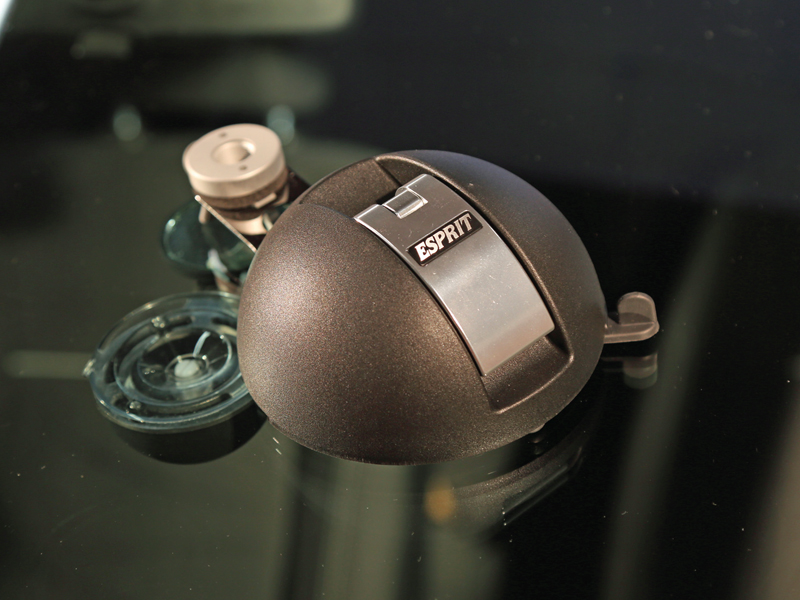
Testing times
At Esprit, we were disappointed when the performance test was removed from the British Standard. Our aim has always been a race to the top, we believe performance standards are how we ensure that standards across the industry are maintained, and customer confidence is sustained. Following the removal of the performance test, we are working with TUV Rhineland to develop a rigorous new testing regime aligned with ECE R43 that both meets and exceeds the standards set down by BS AU 251, ROLAGS, AFNOR and AS/NZ 2366.2. We hope these tests will be fully available soon.
Although Esprit has been instrumental at developing these new independent performance tests with TUV, they aren’t our tests; they’ll be open to any business who manufactures or distributes repair equipment, and we would welcome and encourage any manufacturer or distributor to undertake these tests with the world-recognised TUV Rhineland.
We believe this is how we will maintain the confidence of customers and insurance companies; independent performance testing will raise the standards of the industry as a whole and ensure that customers know that the product they’re using works safely and effectively – surely a benefit to the whole industry.




